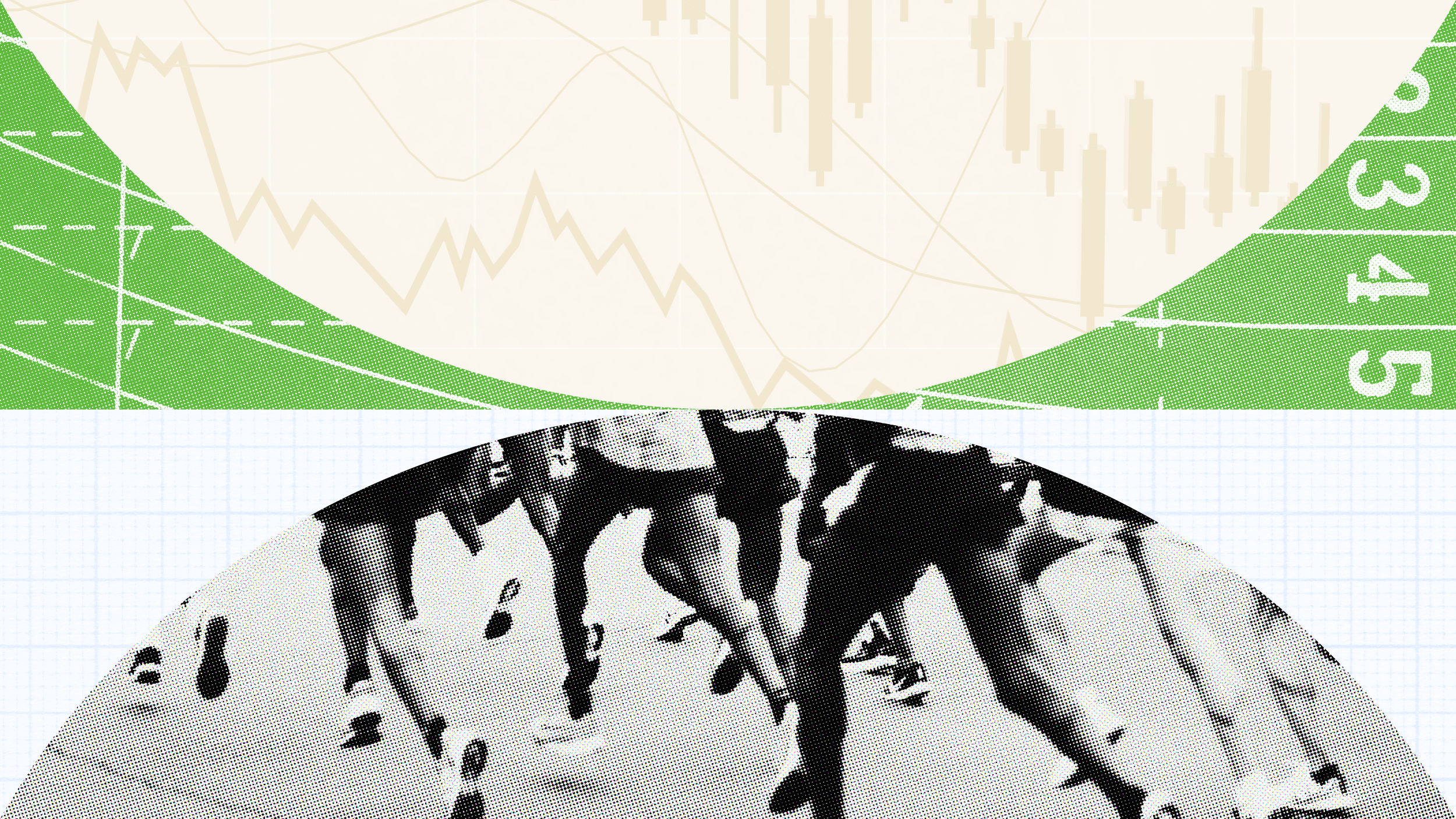Robert P. Kirshner is Harvard College Professor of Astronomy and Clowes Professor of Science at Harvard University. He graduated from Harvard College in 1970 and received a Ph.D. in Astronomy[…]
Sign up for the Smarter Faster newsletter
A weekly newsletter featuring the biggest ideas from the smartest people
It’s a back-of-the-auditorium kind of question, and scientists don’t have an answer for it yet. But they’re getting there, says Robert Kirshner.
Question: What came before the Big Bang?
Robert Kirshner: Yeah, people often ask that. I give a lot of public talks and there’s always somebody who stands up at the end and says, “Okay,” they say, “I got you now. What happened before the Big Bang?” And of course the answer is it’s not like we have some complete special knowledge and that we’re forcing you to believe it. We’re trying to puzzle this out. There is a time over which we really do understand the physics pretty well. And it goes surprisingly far back. That is, if you take a particle accelerator on the surface of the earth, and you smash together protons and antiprotons under the boarder of Switzerland and France, you are creating conditions which are like the ones that existed in the universe very, very early in a very small fraction of a second after the Big Bang.
So, I’m not saying we know our way all the way back to the beginning, and there are some mysteries there about exactly what happens when the density gets very, very high and what happens when the distances are so small that we really can’t predict what is going to happen. So, there are limits to our current understand of physics, but they are way back toward the beginning and there’s nothing that says that we won’t eventually understand more and more of it.
So, it’s kind of an evasive answer, I know that, but the fact is this idea that the universe was very dense, very hot at this early time is something for which the evidence is very strong and by pushing our current understanding of physics farther and farther back, we’re going to understand more and more of it. So, it’s a real adventure and that piece of it we really do have a program to study. The smashing together of particles in laboratory experiments really is creating conditions that were something like what was present back then at the time of the Big Bang, and will help us understand the universe on the big scale. So, this is very interesting idea that by looking on the very smallest scale, the smallest, tiniest fraction of the millimeter that we can do, we learn about the universe on the very biggest scale. The scale of the galaxies and the hundreds of millions, even billions of light years.
So, the interesting thing, or one interesting thing is that our understanding of the physical world is all of the piece. The understanding, the things on the smallest scale is really how we try to explain what’s going on, on the biggest scale.
Robert Kirshner: Yeah, people often ask that. I give a lot of public talks and there’s always somebody who stands up at the end and says, “Okay,” they say, “I got you now. What happened before the Big Bang?” And of course the answer is it’s not like we have some complete special knowledge and that we’re forcing you to believe it. We’re trying to puzzle this out. There is a time over which we really do understand the physics pretty well. And it goes surprisingly far back. That is, if you take a particle accelerator on the surface of the earth, and you smash together protons and antiprotons under the boarder of Switzerland and France, you are creating conditions which are like the ones that existed in the universe very, very early in a very small fraction of a second after the Big Bang.
So, I’m not saying we know our way all the way back to the beginning, and there are some mysteries there about exactly what happens when the density gets very, very high and what happens when the distances are so small that we really can’t predict what is going to happen. So, there are limits to our current understand of physics, but they are way back toward the beginning and there’s nothing that says that we won’t eventually understand more and more of it.
So, it’s kind of an evasive answer, I know that, but the fact is this idea that the universe was very dense, very hot at this early time is something for which the evidence is very strong and by pushing our current understanding of physics farther and farther back, we’re going to understand more and more of it. So, it’s a real adventure and that piece of it we really do have a program to study. The smashing together of particles in laboratory experiments really is creating conditions that were something like what was present back then at the time of the Big Bang, and will help us understand the universe on the big scale. So, this is very interesting idea that by looking on the very smallest scale, the smallest, tiniest fraction of the millimeter that we can do, we learn about the universe on the very biggest scale. The scale of the galaxies and the hundreds of millions, even billions of light years.
So, the interesting thing, or one interesting thing is that our understanding of the physical world is all of the piece. The understanding, the things on the smallest scale is really how we try to explain what’s going on, on the biggest scale.
Recorded on February 17, 2010
Interviewed by Austin rnAllen
▸
5 min
—
with





